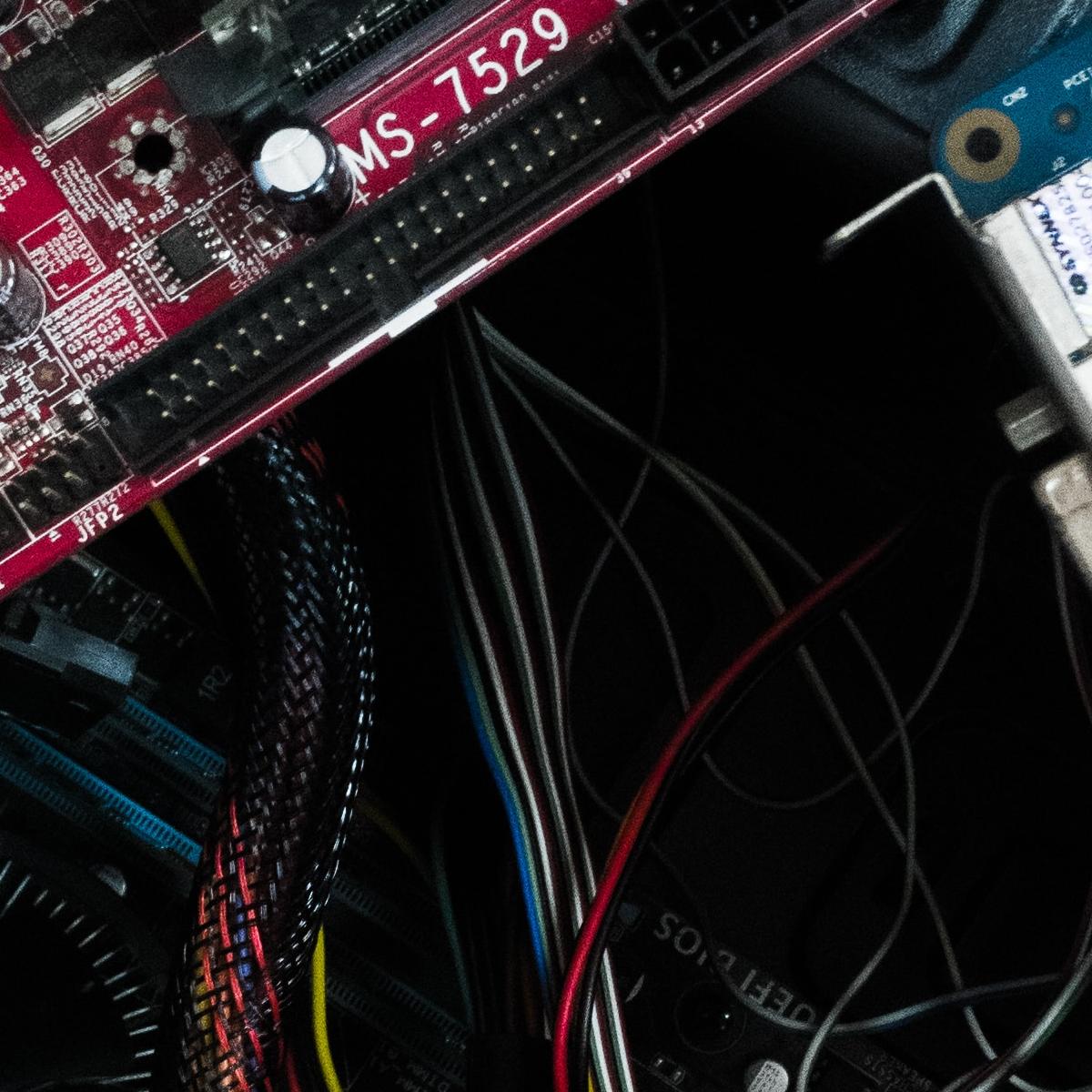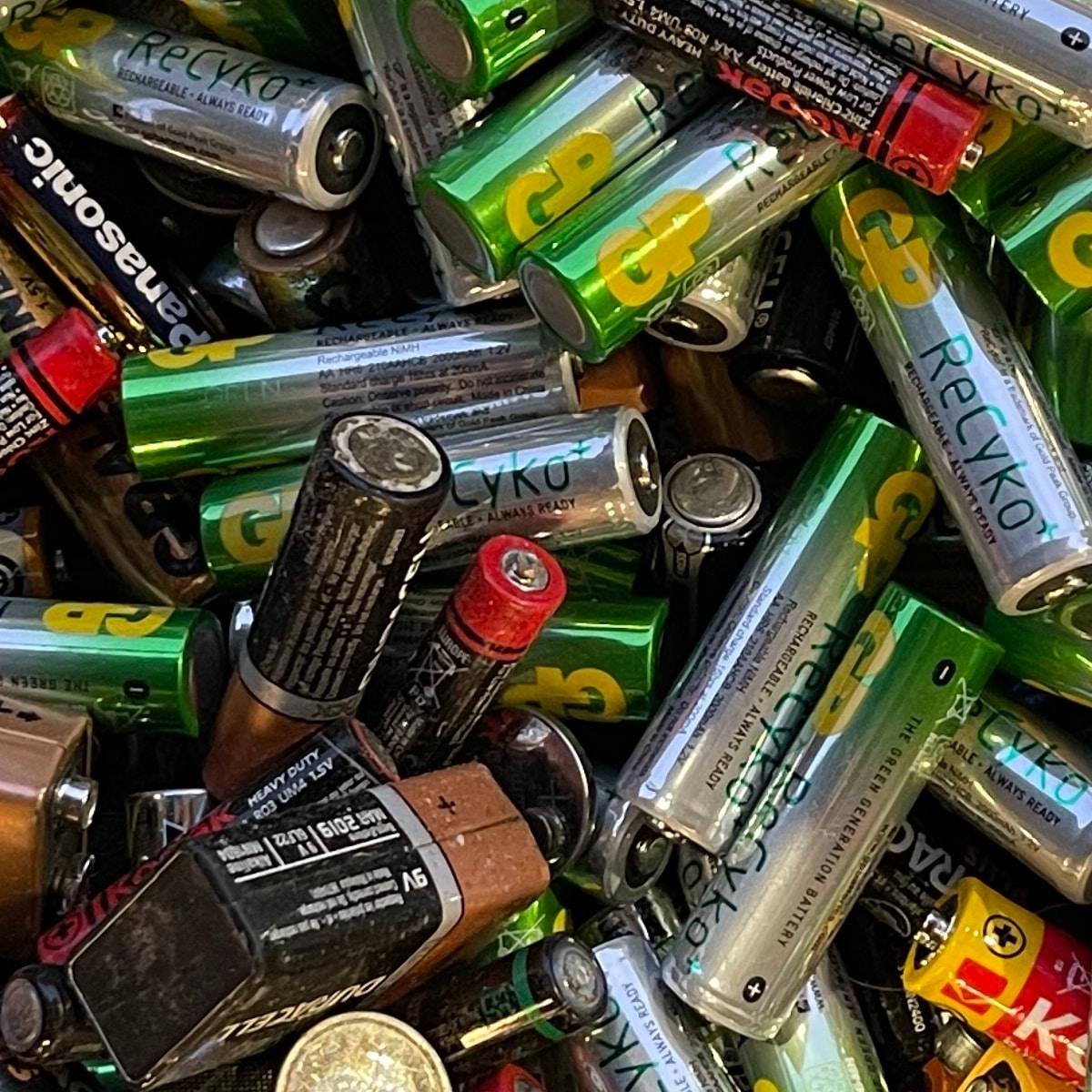Assessment method for circular scoring (itu.int)
Step 1
Estimate the relevance (R) of each guideline to the product at hand

The level of relevance (R) might appear somewhat ambiguous as there are many criteria/viewpoints which can be used to determine relevance. However, if the viewpoint is clearly set, defining R is not difficult. R evaluates the degree of relevance of each criterion for a product category according to its function, life span, durability, performance, etc. and positive effect for the customer and the environment.
It has grades from Not applicable (0);very low (1); low (2); high (3); very high (4)
For example, gateways could have R=4 for 3RUe1 (recycle ;reuse; repair; upgrade for equipment criteria) as easily removable and reusable fasteners enable a cost-effective refurbishing business model giving a positive economic and green benefit.
Step 2
Evaluation of the margin of improvement (MI) for a product design

MI evaluates the level of compliance of the criteria. It assesses to what extent a product design has incorporated circular design into the product. MI is defined based on four grades. If a certain criterion is not met, the MI of that product design will be very High, and grade 4 will be assigned. Conversely, if a product design fully meets the criterion, the MI will be very Low, and grade 1 will be assigned. The lower the MI, the higher possibility of a better score.
Step 3
Calculating the circularity score (Score) of the product

To identify the criteria that are most important to be incorporated into a product design, it is necessary to calculate the circularity score (score). The values assigned to and used to calculate the score of an ICT good, which would allow designers to identify which groups are most important to be incorporated, more so than others in their product design in order to improve its circularity.
Calculation of the circularity score (score) ranges from 0 to 100% for the ICT good at hand for all three circular design guideline groups (CDGGs). This includes:
– Using a predefined value matrix to identify the % score from 0 to 100 for each combination of R×MI.
– Average the included criteria for the ICT good at hand separately for all three groups: product durability, ability to recycle, repair, reuse, and upgrade from equipment and manufacturer level
With the score determined, it will then be possible to identify the criteria for improving a product's circularity. For instance, if the score of ICT good is 0% in the Product Durability category (i.e., Very High MI = 4 and Very High R = 4), it means that it is very urgent to redesign the product by improving the criteria (incorporating the corresponding guidelines) Conversely, if the score of ICT good is 100% in the 3RUe (recycle/repair/reuse/upgrade) equipment group (i.e., Very Low MI and Very High R), it means that no urgent action is needed to improve the product design from an 3RUe standpoint